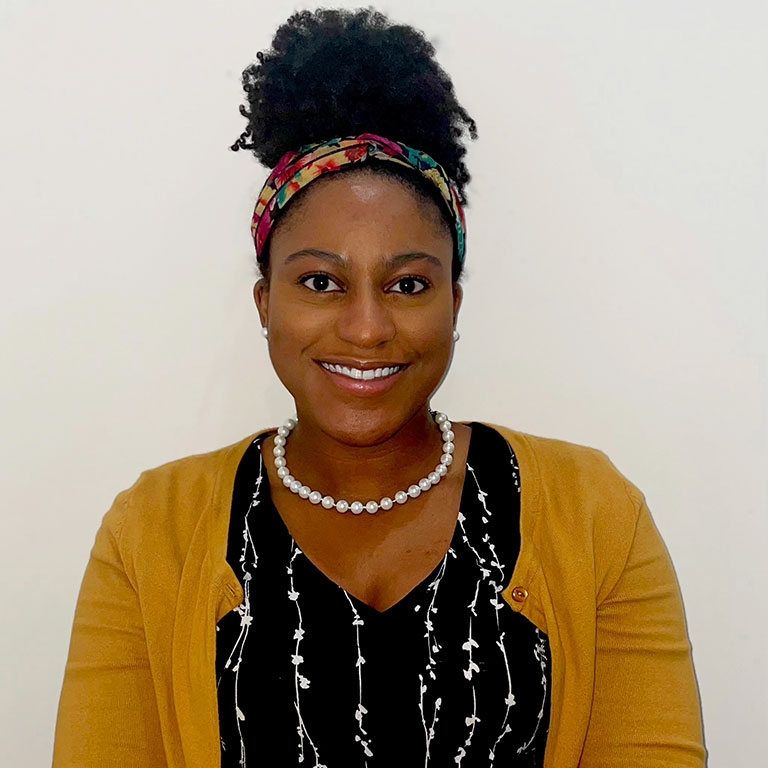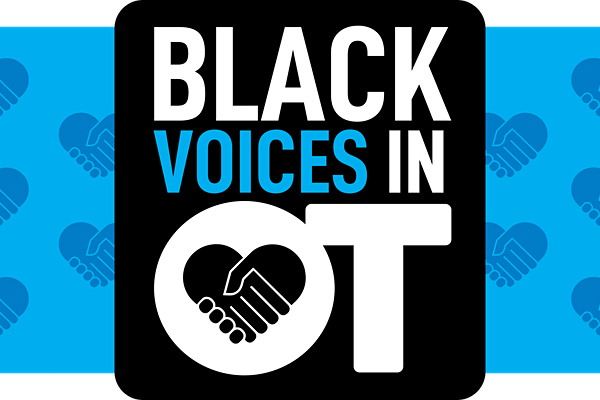Occupational therapists use meaningful activities to promote health. But when the majority of the profession is comprised of white women, can they adequately meet the needs of a diverse population?
That’s the question IUPUI's Sally Wasmuth is tackling through a new project supported by IU's Racial Justice Research Fund. Wasmuth and her team are having important conversations about promoting equity in occupational therapy and developing action steps to diversify the field. Their aim is to change the landscape of occupational therapy, and in doing so, diversify health care in the United States.
"We want to create a sense of belonging within occupational therapy for Black, indigenous and people of color," said Wasmuth, an assistant professor in the Department of Occupational Therapy in the School of Health and Human Sciences. "Doing so requires us to first root out the barriers that have prevented occupational therapy from being a more diverse field in the first place. Our goal is to go beyond critical conversations and create actionable steps for change."
According to Wasmuth, white women make up 83 percent of the occupational therapy workforce. Women far outweigh men in the profession, who comprise just under 15 percent of the field. Asian practitioners make up around seven percent of all occupational therapists, and Black therapists comprise around five percent of the workforce.
"By uniquely contributing to a national conversation, we hope to identify and remove barriers, and create a better sense of belonging for people of color," Wasmuth said. "One thing we can do is examine our recruitment efforts and admissions criteria to make sure they are equitable and actively seeking diverse populations."
As part of the project, Cierra Milton, a doctoral occupational therapy student, has been conducting in-depth interviews with Black occupational therapy students and practitioners across the country and detailed their journeys in the field, from their time as a student to serving as occupational therapists in multiple settings.
Wasmuth and her team are using theater to tell the stories of Black occupational therapy students and practitioners, expanding on previous success using performances to tell about the experiences of marginalized populations in order to reduce stigma and bias.
"We use theater to reduce implicit biases people have toward marginalized groups, but we also incorporate important educational components, like how to provide affirming care or reduce behaviors rooted in stigma," Wasmuth said. "To actually have change requires a vested interest and attention all around the country. Something innovative like theater has the ability to cohere that national attention and lay out specific action steps that are really clear and connected to what was seen in the production."
Kelsey Johnson, a local playwright, created the script for Black Voices In Occupational Therapy, which premieres virtually on March 25, 2021. Following the live reading, participants can also join a moderated panel discussion featuring interviewers and interviewees from the project.
"This event is a chance for people to witness, up close and personally, the ways that systemic racism show up in everyday life for Black people working in healthcare," Wasmuth said. "Our play is about occupational therapists, but the stories shared are applicable and relevant to many of the predominantly white health care professions. This is a 'must see' so that we can, together, change the landscape of health care to one where there is an overwhelming sense of belonging for diverse health care professionals and diverse patients."
Wasmuth hopes this project will translate beyond the field of occupational therapy, with health care systems, academic programs, and community groups using the performance to have their own critical discussions about developing action steps to diversify their fields.




